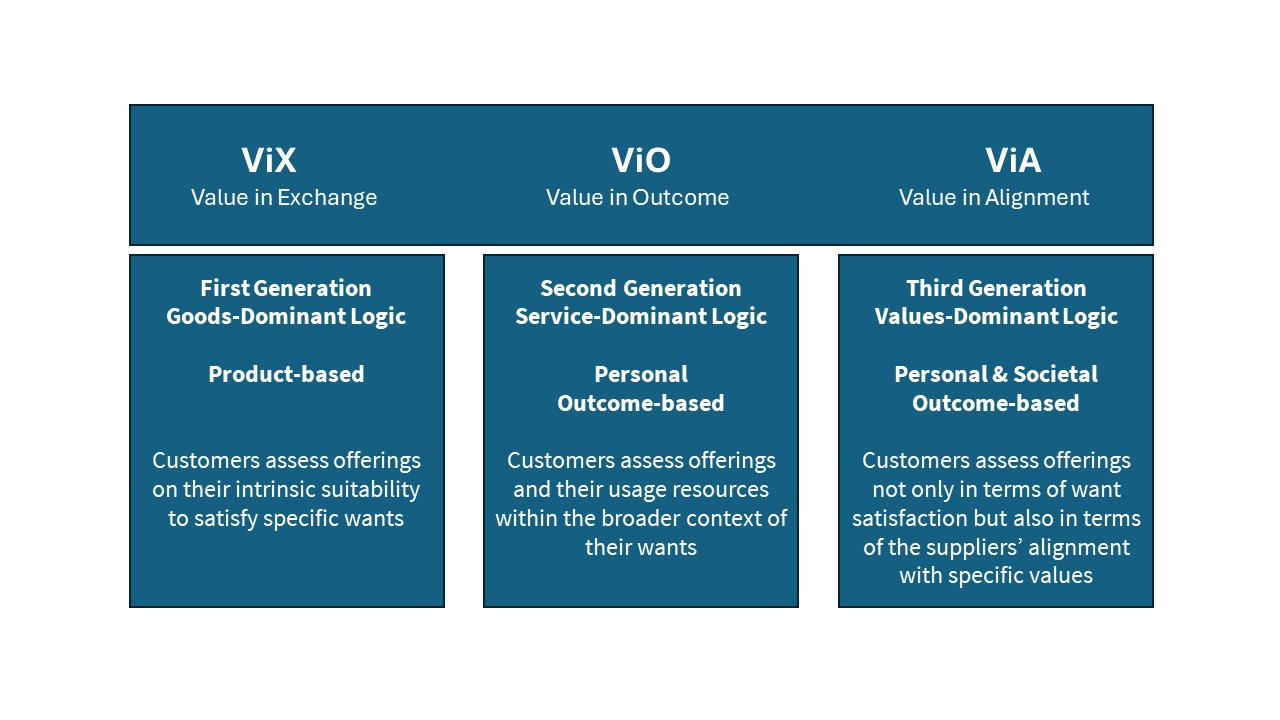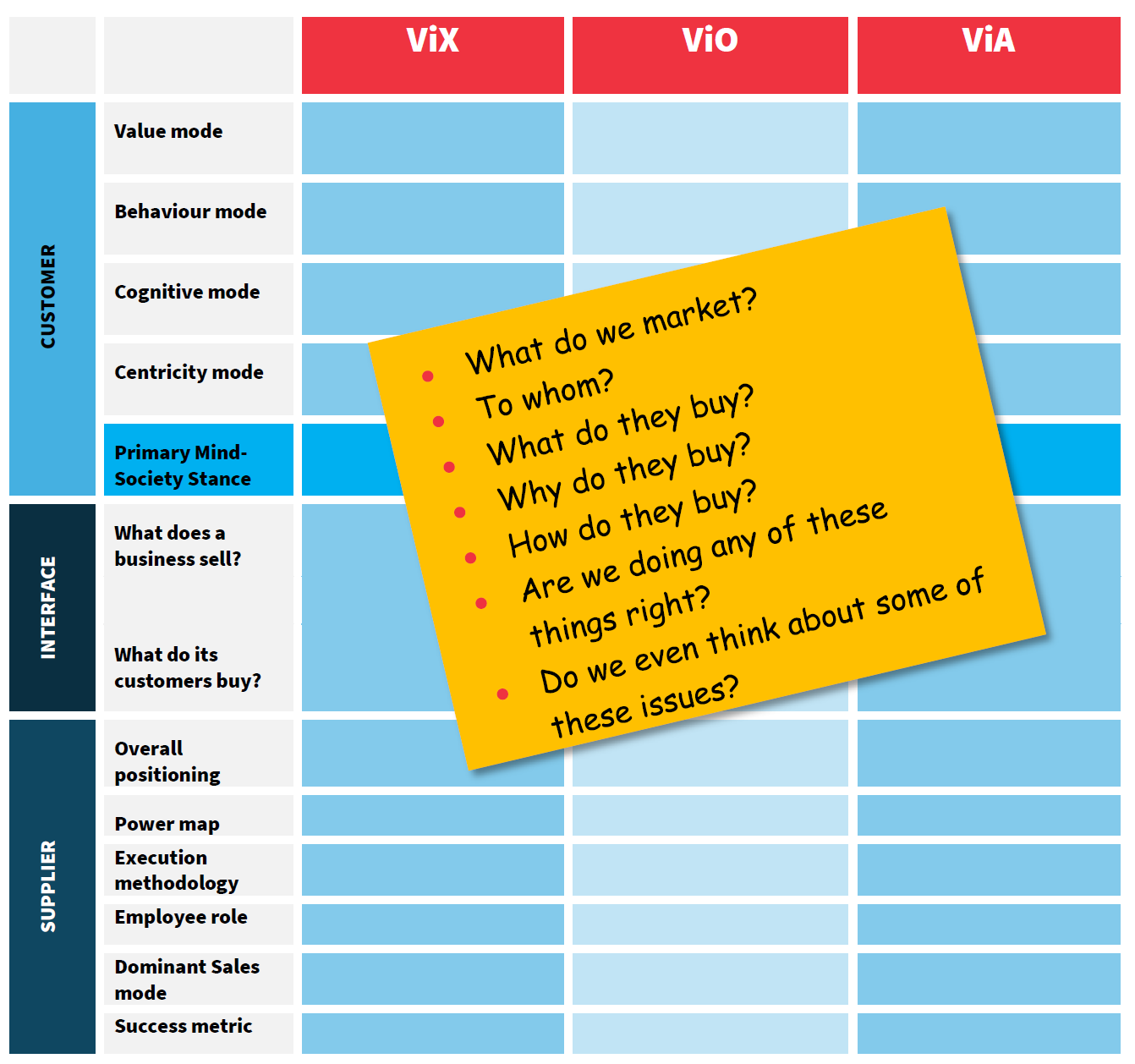The success of your business is all about the Value in the Customer Experience ...
But how do you work that out? What's the basis of it all? Grab this amazing opportunity.
Okay, after an unseemly time lapse - apologies for that - here is Part 2 of the Value Proposition Super Power introduction. It is the last part that will be ‘free to air’, so to speak: future installments will be for paid subscribers only. So do, please, if you are able, consider that course of action.
Is it worth it? Well, here’s what one client, the CEO of a large UK business consulting firm, said about my Value Proposition advice:
Working with David Pinder has been a revelation. The process has helped us create a laser focus on the value clients really see in our proposition and has been absolutely instrumental in developing how we go to market, how we innovate our products, packaging and channel strategies, and how we communicate these. We are a more confident and effective business as a result.
In the previous post on this topic, you may recall, I made the point that it’s useful to think in terms of three generations or Value States of Business in the modern era. Here they are:
They came about as follows:
ViX - Value in Exchange - triggered by the Enlightenment and the Industrial Revolution in the 18th and 19th centuries.
ViO - Value in Outcome - resulting from post-World War 2 industrial growth and technological advances in the second half of the twentieth century,
ViA - Value in Alignment - the result of changing social and political conditions largely enabled by maturing digitalization, happening RIGHT NOW in the 2020s,
Note, however, that each successive Value State has NOT completely replaced what went before. Rather, the set of Value States has expanded so that, now, in any particular circumstance, any of the three may be in operation.
To make matters more complicated still, you and I and everyone else, when in our role as Customer, can flip between these three states in the blink of an eye or the zap of a synapse.
The Customer-Supplier Interface
What this means is that any individual transaction may be subject to a great number of potential inputs and influences. And when something has a wide range of inputs and influences, it obviously helps to have a point of focus - some locus where there is a resolution, an outcome of the myriad potential contributing factors that may be involved.
The focal point I refer to is … The Customer-Supplier Interface … CSI, for short.
There’s nothing mysterious about the CSI. It is exactly what it says: the point where Supplier & Customer come together and where, ultimately, there will either be a sale … or not.
It is the point that any and all businesses must successfully negotiate if they are to survive and thrive.
It is ultimately the validation point for the existence of everyone and everything in a business. Everyone. Every single person. And all of the machinery and materials and resources they need and consume.
That’s what it’s all about.
And, although it involves everybody, it is of particular importance and relevance to those in Sales and Marketing. So, if you are a Sales or Marketing person - those two often awkwardly-intertwined groups of people who really do need to learn to respect one another more than they often do! - this is for you.
And I’m going to ask you to consider two questions about the CSI for your business:
What does your Business sell?
What do your Customers buy?
Indeed, what this Value Proposition Super Power introduction is all about is working towards clarity around these two ‘ultimate questions’.
Only by doing this will you be able to identify the Value you currently provide and/or the Value you could or should provide.
And if you’re sitting there thinking, “Is this for real? Those two questions are just crazy, aren’t they? Of course we know what we sell and what our customers buy!” just consider this quote from renowned 20th century business guru, Peter Drucker1:
The starting point for management can no longer be its own product or service, and not even its known market and its known end-uses for its products and services. The starting point has to be what customers consider value. The starting point has to be the assumption – an assumption amply proven by all our experience – that the customer never buys what the supplier sells. What is value to the customer is always something quite different from what is value or quality to the supplier.
This is why we attach such huge importance to …
… The Value Proposition
Follow this program and you’ll get full details about what a Value Proposition is, together with a tried and tested Value Proposition format.
This will help you not only to identify the Value elements of your own organization’s offerings but also to assess them in terms of their performance (superior, equal, inferior) compared with other choices that your actual and potential customers might make.
We’ll cover the topic of Business to Consumer (B2C) and Business to Business (B2B) marketing and selling. There are some key differences between the two. For example, you do realize, don’t you, that, in B2B selling, HOW you sell can be much more important than WHAT you sell?
And, to ensure that all of this is grounded in reality, we’ll start by outlining a list of key elements that contribute to and result from the three Value States:
There’s another important point: if you are working in a business, that business already has a value proposition …
Trouble is, you may well NOT know what your VP is!
In the past 20 years, I have worked with a heck of a lot of businesses, large and small, to help them address their Value Proposition issues.
Thus far, none have known, at the outset, what their actual Value Propositions were. Zero. Nil. Zip.
But their Customers knew.
How does this happen? Because, in the absence of a clarified VP, there is a de facto VP which the Customers know.
This Value Proposition Super Power introduction will make available to you a tried and tested 7-step VP development process. One of those steps helps you to uncover any de facto VP that may be in operation.
All of this will be set out in upcoming posts in this series.
So, are you coming on board? It’s available simply by becoming a paid subscriber to the Aargh! by David Pinder Substack.
Finally, here’s another comment from a satisfied customer - this quote comes from a former UK Partner Lead for Microsoft UK:
David Pinder will take you on a journey, and the penny will drop. That your customers or channel partners each value different things. Value, like beauty, is in the eye of the beholder. Grasping this can be hard as, surely, you think, it’s all about your products and services. The outcomes will be a revelation and will transform your business.
Do join in. It’s simply amazing value. An opportunity not to be missed.
Is it worth the $50 for an annual sub? No, it’s worth a hell of a lot more. And I can say that with certainty because, in the past, I’ve delivered this package for thousands of dollars to a wide range of clientsclients tell me it’s worth hugely more. Here’s a verbatim quote from one of them:
Peter Drucker. Management Challenges for the 21st Century (1999)






